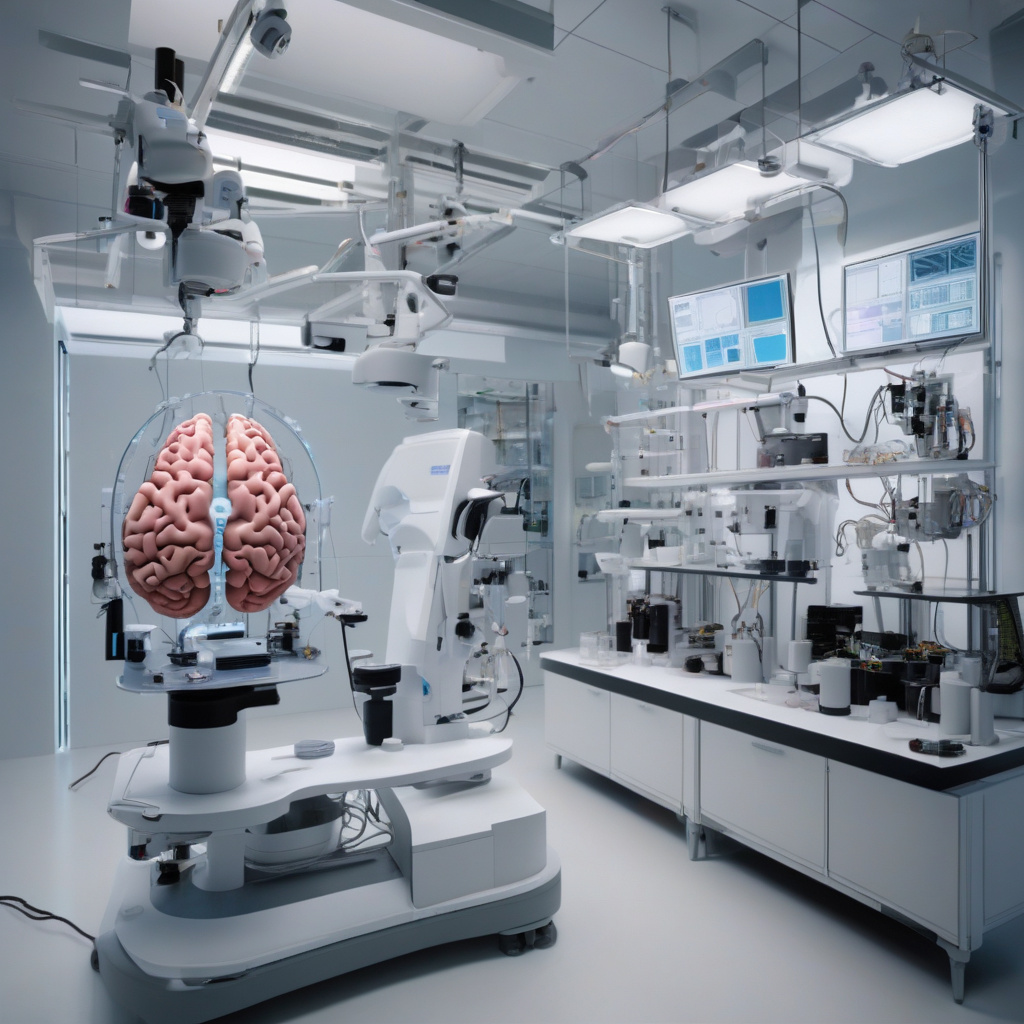New Nanoscale Brain Sensor Exhibits 96.4% Accuracy in Identifying Neural Signals
Researchers from Georgia Institute of Technology (Georgia Tech) have developed a microscopic brain sensor which has the potential to revolutionize the field of neuroscience. This cutting-edge sensor boasts an impressive accuracy rate of 96.4% in identifying neural signals, marking a significant leap forward in brain-computer interface technology.
The development of this nanoscale brain sensor represents a major milestone in the quest to better understand the complexities of the human brain. By leveraging nanotechnology, the sensor is able to detect and interpret neural signals with unprecedented precision and speed. This breakthrough has far-reaching implications for various applications, ranging from medical diagnostics to brain-controlled prosthetics.
One of the key advantages of this new brain sensor is its size. Measuring at the nanoscale level, the sensor is so tiny that it can be implanted directly into the brain tissue with minimal invasiveness. This means that researchers can gather neural data in real-time, providing valuable insights into brain activity and function without causing significant disruption to the brain’s natural processes.
Moreover, the impressive accuracy rate of 96.4% sets this nanoscale brain sensor apart from existing technologies. By reliably identifying neural signals with such high precision, researchers can decode complex brain patterns and translate them into actionable data. This paves the way for advancements in neurology, neuroengineering, and neurorehabilitation, offering new possibilities for treating neurological disorders and enhancing cognitive abilities.
The potential applications of this breakthrough are vast. For instance, in the field of medicine, the nanoscale brain sensor could be used to monitor brain activity in patients with neurological conditions such as epilepsy, Parkinson’s disease, or traumatic brain injuries. By providing continuous, accurate data on neural signals, doctors can tailor treatment plans to each patient’s unique brain activity patterns, leading to more effective interventions and improved outcomes.
In addition to medical applications, the nanoscale brain sensor holds promise for the development of brain-controlled devices. From brain-computer interfaces that enable paralyzed individuals to communicate through their thoughts to advanced prosthetics that respond directly to neural commands, the possibilities for enhancing human-machine interactions are limitless. This technology could also open up new frontiers in virtual reality, gaming, and other industries where seamless integration with the human brain is desired.
As with any groundbreaking technology, there are ethical considerations to take into account. The use of nanoscale brain sensors raises questions about privacy, consent, and data security. Researchers and policymakers must work together to establish guidelines for the responsible and ethical use of this technology, ensuring that it is deployed in a manner that respects individual rights and safeguards against potential misuse.
In conclusion, the development of the new nanoscale brain sensor by researchers at Georgia Tech represents a significant advancement in neuroscience and brain-computer interface technology. With its remarkable accuracy rate of 96.4% in identifying neural signals, this sensor has the potential to transform our understanding of the brain and unlock new possibilities for medical treatments and technological innovations. By harnessing the power of nanotechnology, we are one step closer to unraveling the mysteries of the human mind.
Georgia Tech, Brain Sensor, Neural Signals, Nanotechnology, Neurology












